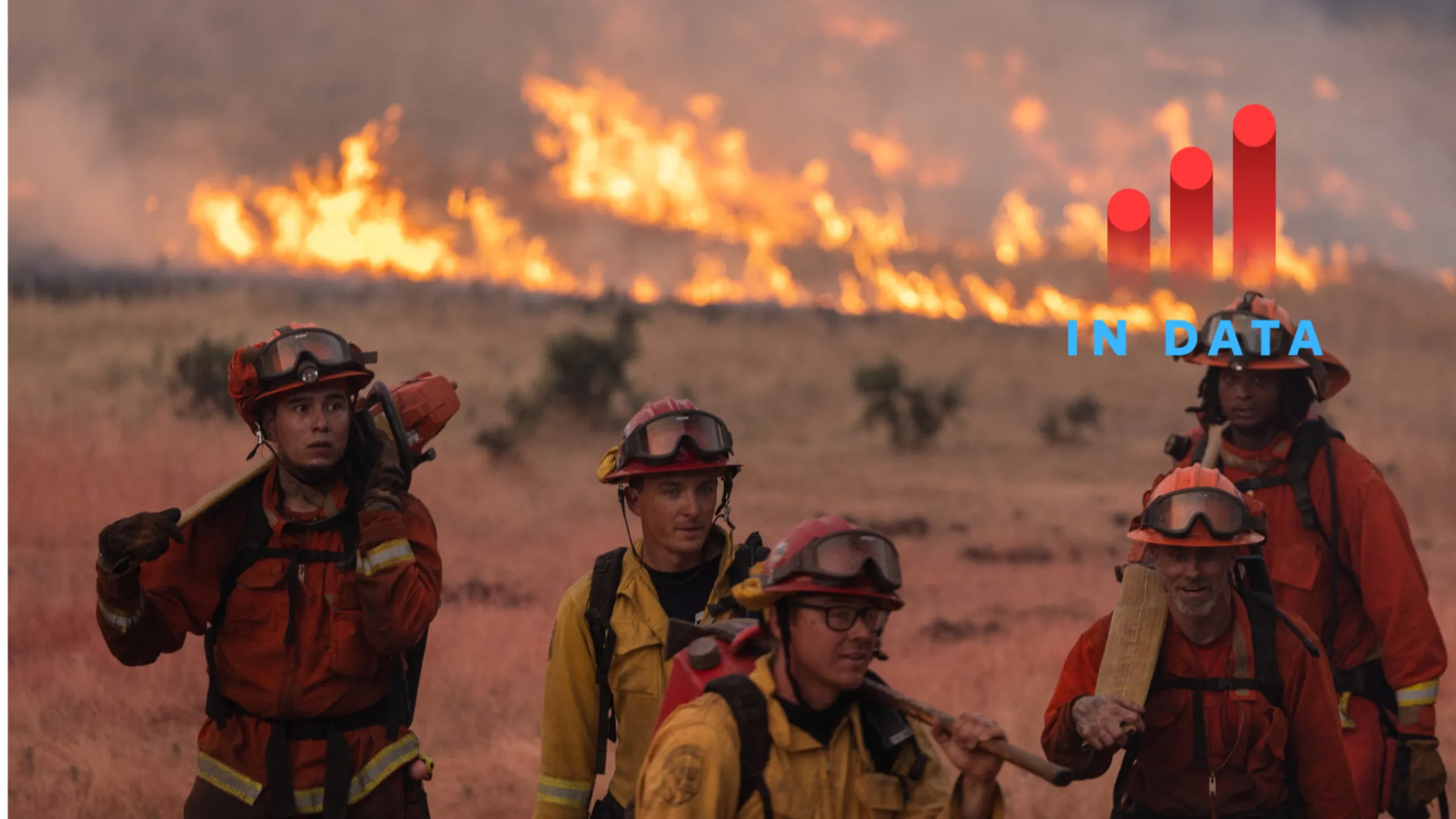Context is powered by the Thomson Reuters Foundation Newsroom.
Our Standards: Thomson Reuters Trust Principles

Firefighters battle the Thompson wildfire in a canyon near Oroville, California, U.S., July 2, 2024. REUTERS/Carlos Barria
As heatwaves and droughts smash records, more frequent wildfires are devastating the world's forests.
RIO DE JANEIRO - As global temperatures smashed records last year, wildfires broke new ground in the Amazon, impacting more than 6.7 million hectares in Brazil, where most of the vast rainforest is located.
That is more than double the previous record, and the highest figure that mapping consortium MapBiomas has registered in its data series dating back to 1985.
Ahead of the Amazon's fire season that begins in July, authorities and scientists are worried that wildfires in rainforests are accelerating.
Research shows forests in South America and other humid tropical areas are now more flammable than in the previous century.
"Tropical forests, which were naturally immune to great fires, are suffering the impact from climate change ... and are becoming more vulnerable", said Brazil's acting Minister of Environment João Paulo Capobianco at a government presentation on deforestation data earlier this month.
Climate change and degradation are making fires a leading cause in global forest loss, both in the tropics as well as in cooler regions.
In 2024, record temperatures drove drought and wildfires from Canada to California to South America.
Brazil and Bolivia accounted for two-thirds of the record tropical forest loss of 6.7 million hectares in 2024, according to more than 20 years of data released last month by environmental NGO World Resources Institute (WRI).
According to WRI, which considers forest loss to be when tree cover is completely removed, 94% of global forest loss this century has been concentrated in tropical areas. The WRI describes forest degradation as a reduction in a forest's ability to perform ecosystem functions, such as carbon storage and water regulation.
In the humid tropics, including in the Amazon or the Congo Basin, wildfires seldom occur naturally. More often, they are purposely ignited by farmers and land-grabbers to clear and prepare land for agriculture, scientists say.
As forests degrade and the climate becomes dryer and warmer, clearing land becomes easier, and the danger of a vicious cycle of fire deepens.
In 2024, fire accounted for the most forest loss in the Amazon for the first time, WRI data showed, undermining efforts by Brazilian President Luiz Inácio Lula da Silva to rein in loggers, farmers, miners and land-grabbers.
Brazil's Cerrado tropical savannah, Atlantic Forest and Pantanal wetlands were also heavily affected, as was the Gran Chaco tropical dry forest, which Brazil shares with Bolivia, Paraguay and Argentina.
Smog from the burned environment covered large portions of the continent and was captured in photographs from space.
On the ground, ashes dimmed the sunlight, caused respiratory illnesses and disrupted school classes and other activities.
Scientists say that climate change is compounding the effects of deforestation and degradation, pushing large areas of the Amazon towards a tipping point after which they may turn into drier, more flammable ecosystems.
Brazilian research institute Imazon released data in January that showed last year's fires led annual degradation in Brazil's Amazon to increase sixfold to 3.6 million hectares, the highest level since records began in 2009.
This points to more flames ahead as temperatures are expected to continue to increase.
Research shows that once forests burn, they become more susceptible to catching fire again due to loss of shade and the abundance of dead trees.
(Editing by Jack Graham and Ayla Jean Yackley. )
Context is powered by the Thomson Reuters Foundation Newsroom.
Our Standards: Thomson Reuters Trust Principles